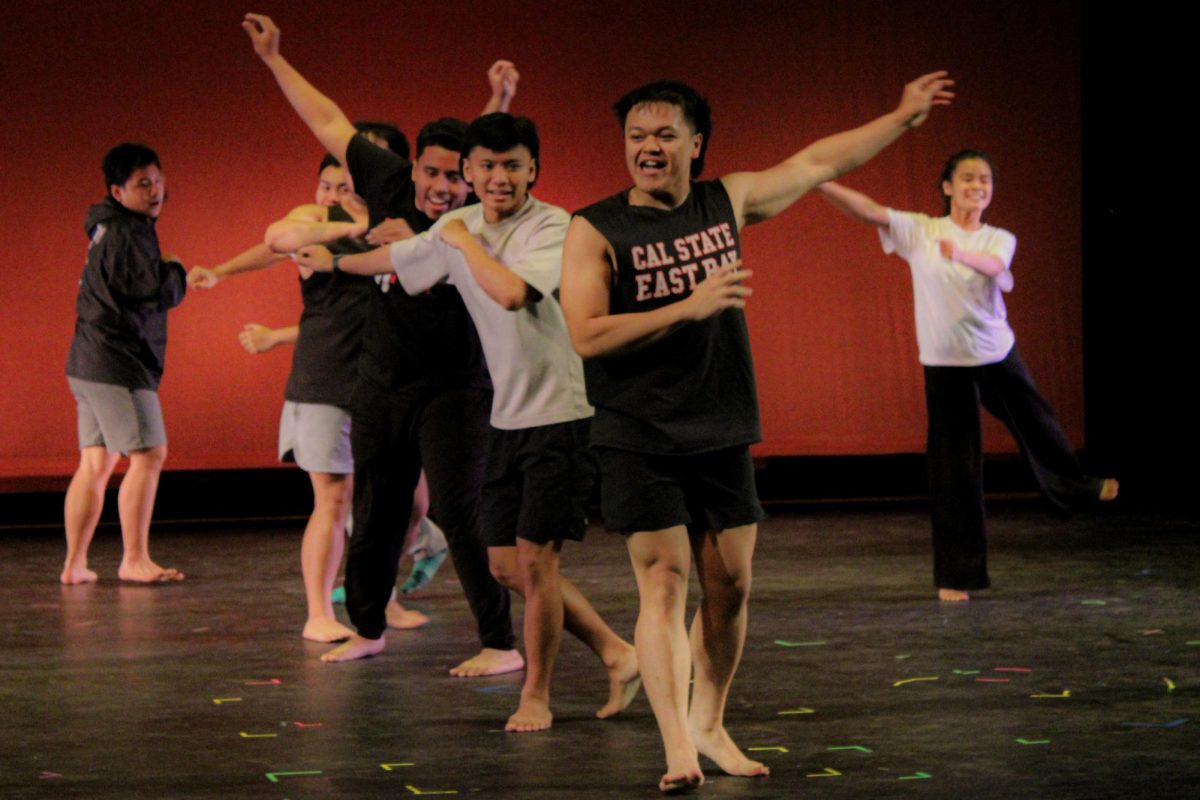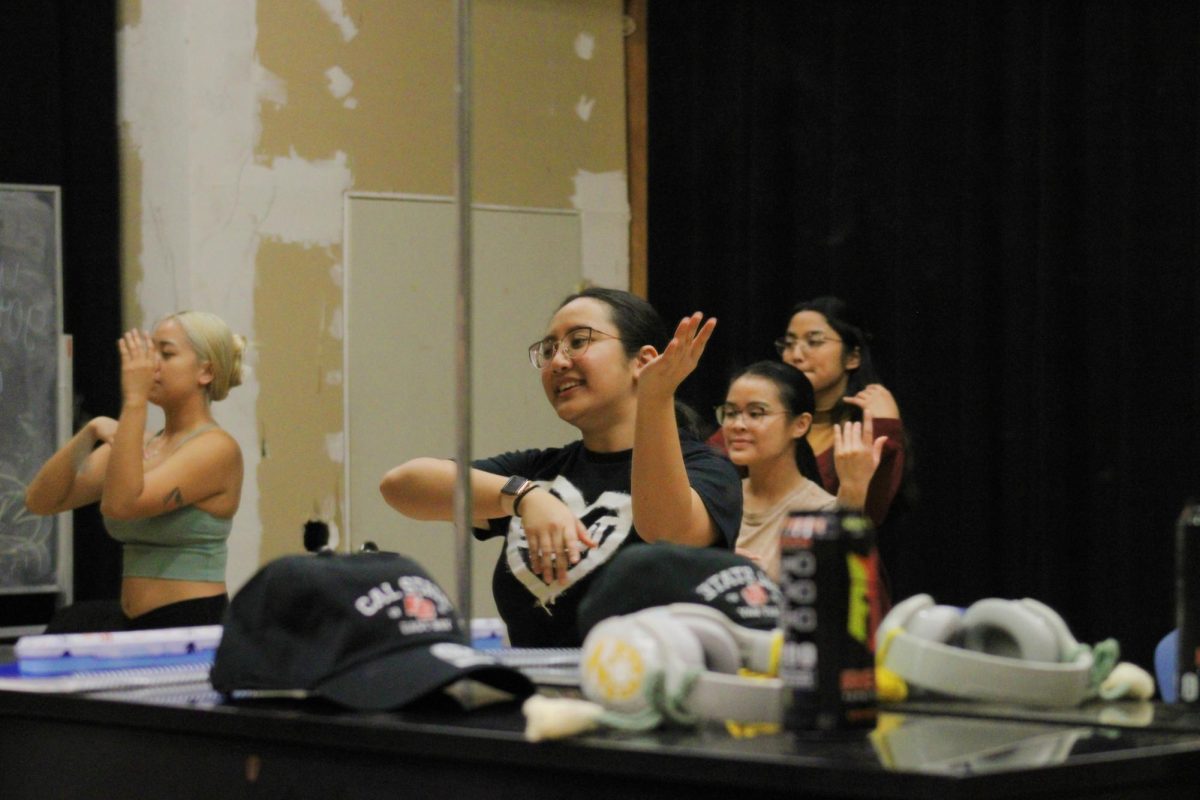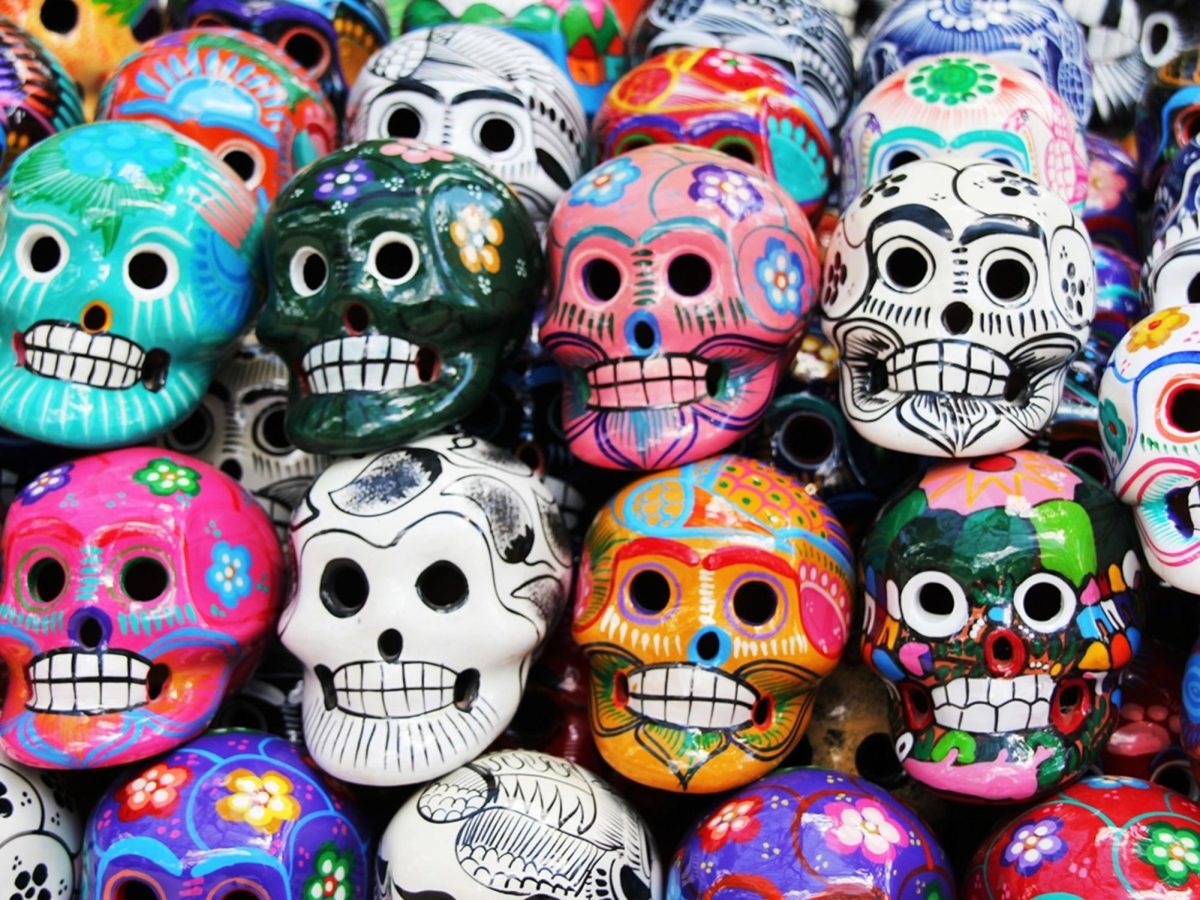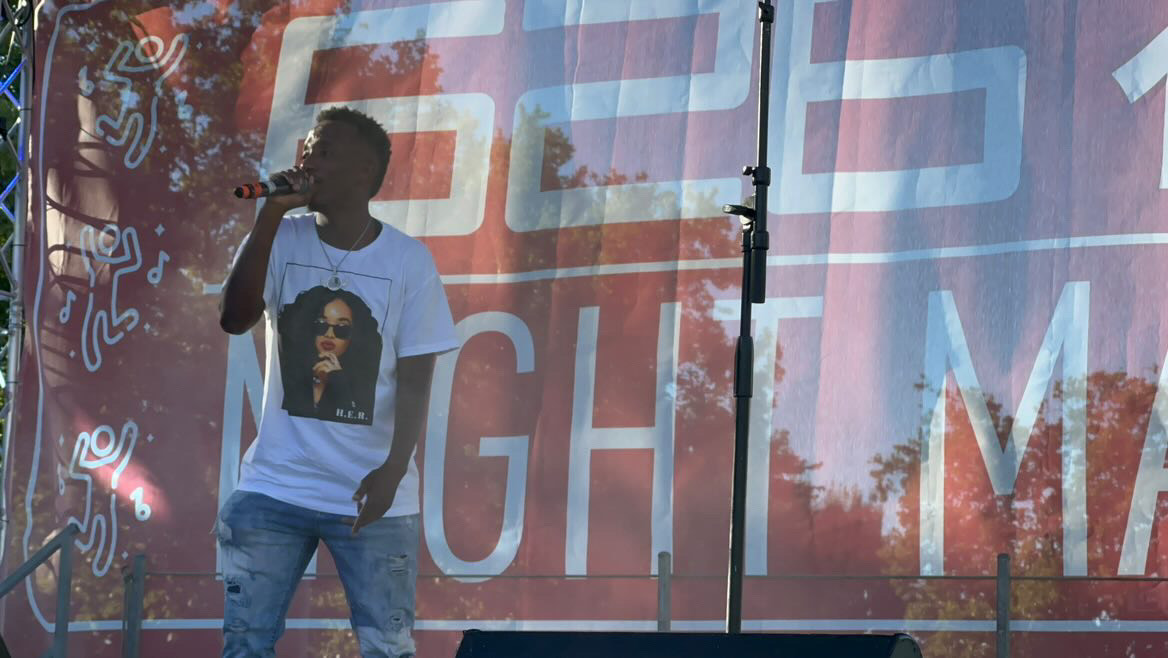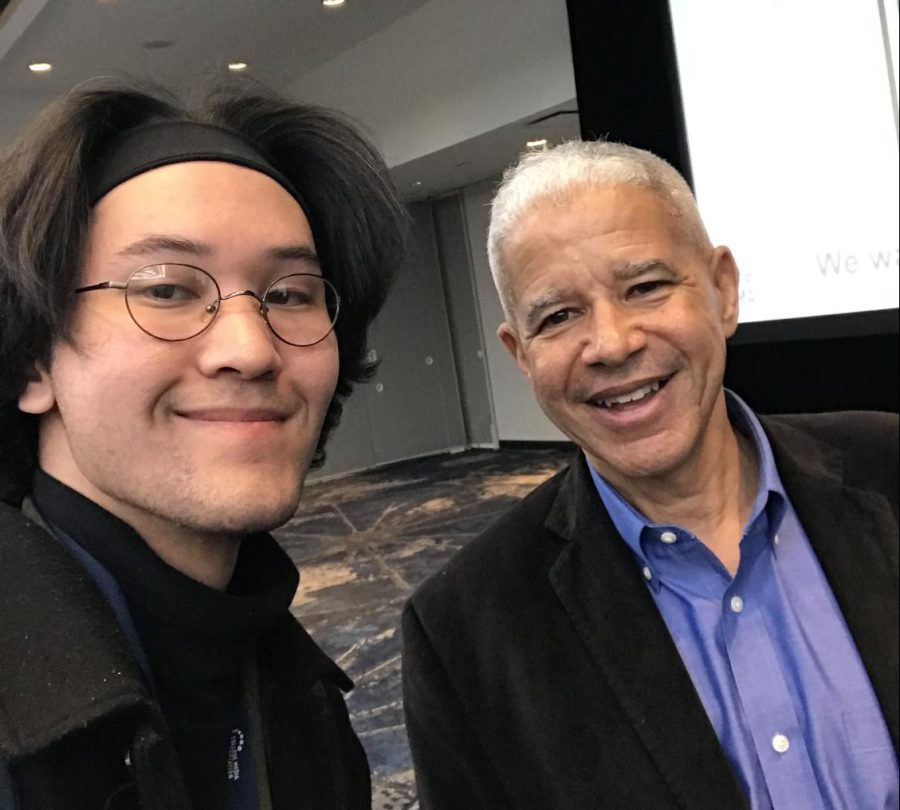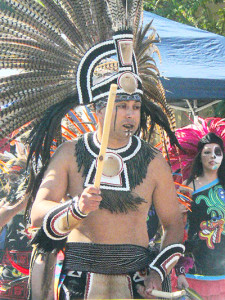
Día de los Muertos last Sunday.
The streets between 33rd Ave. and 37th Ave. along East 12th St. near Fruitvale BART station were transformed into a festival full of joy and a hint of sadness as Oaklanders celebrated Día de los Muertos on Sunday, Oct. 30.
Translated as Day of the Dead, Día de los Muertos traces its origins to Meso-American cultures where death was treated in a manner which often contradicts the somber perceptions held by many people of European descent.
As it is celebrated today, the holiday is a fusion of Catholicism and pre-Columbian traditions that culminate in a mélange of symbols, as represented in the eclectic “ofrendas” (altars) that honor the dead.
The Spanish Speaking Unity Council, based in Oakland, hosted this particular festival with the sponsorship of State Farm Bank just a few days before the customary Nov. 1 and 2 dates.
For Dylan Travis, who coordinates events and grants for the Unity Council, the festival “is a celebration of the community we serve.”
This is also reflected in the mission of the 501(c)(3) organization, which “is to help families and individuals build wealth and assets through comprehensive programs of sustainable economic, social and neighborhood development.”
“This neighborhood sometimes gets a bad reputation but when [the community] comes together to celebrate it’s generally a very positive thing,” said Travis.
That point was hard to refute in light of the festive atmosphere, Aztec dancers, live music, food, ponies, jumpers, booths selling a variety of trinkets, the people, and of course the commemorative altars honoring those that have passed away.
The Aztec dancers were one of the more spectacular attractions of the day at the festival.Chiton Tequisa, the traditional name for the Aztec dancers, is an Aztec term which literally translates to the mathematical cycles of the universe, according to Ernesto Olmos, who led “Besh Beni,” one of the troupes at the festival.
“When we dance we have repetitive patterns. This is mathematics; like when you pray in ancient cultures, you use mathematic keys. We do that with the body,” he said.
Besh Beni, which translates to jaguar of light, took over an entire intersection during the festival as young children, men and women danced in identifiable cycles celebrating life and the Aztec culture before they split up into smaller groups dispersed throughout the festival.
Día de los Muertos almost wags its nose at the dead through its representations of death, ranging from skeletal figures in coitus available for purchase in the market to deeply personal mementos of loved ones who have died, such as a favorite brand of drink.
Underlying all of this were the rather unique economic transactions constantly occurring at the festival, fulfilling a singularly cultural need to satisfy and comfort the dead.
The customary purchase of goods to be placed on altars by many of the participants of the festival is done to not only increase their utility or enjoyment of having done something in the memory of those they love, but also to make the journey of their loved one’s spirits more comfortable by providing snacks and guideposts as they travel to and from the underworld to visit the living.
With the purchase of these goods, the living are acting on behalf of the dead to buy the same sort of things we might enjoy on a long journey in a veritable market of the dead dedicated to the well-being of those who have passed away.
“Some of the elements for the altar would include marigolds because they are really fragrant and so it’s drawing the souls back,” said Imelda Martinez, who, along with her husband, hosted a colorful exhibit of enormous decorated sugar skulls.
The sugar skulls are traditionally placed on the altars dedicated to the dead “usually with water and some fire to guide them [the dead] back and to quench their thirst for their long journey,” continued Martinez speaking about some of the typical items found on an ofrenda.
For Martinez and her husband, who are from Sacramento, this was their first year displaying their artwork at the Fruitvale Día de los Muertos festival.
The heavily decorated and encased sugar skulls with names such as “Pachamama” and “Mija” drew quite a crowd normally reserved for the art and wine galleries where the couple has displayed their art in the past.
Sugar skulls to be placed on individual altars honoring the dead were available at a variety of prices at Sunday’s festival. While the actual purchase of each skull reflects the economic condition of the buyer, in a certain sense each price really depended on how much people valued those goods for their dead.
While a set of six miniature sugar skulls priced at $2 might do just fine for six dead cats, they might not satisfy those boorish and overbearing relatives we all have. For them you might just have to buy one of those $20 extra-large sugar skulls that mimic the big heads they had in life.
Homemade items may produce the best effect for the dead in drawing them to the altars but a $15 skeleton carving might be able to do the work better. In essence, the ability to purchase fine-tuned items representing the spirit of the holiday represents some of the underlying economics behind this fascinating market transaction.
The Unity Council has been putting this festival on in Fruitvale for the last 16 years with the more recent support of Oakland’s city councilmember Ignacio De La Fuente, according to Travis.
Despite that support, California’s budget issues have impacted even this festival.
“Usually they [City of Oakland] give us a $20,000 grant for the artists but they didn’t do that this year. There was some budgetary stuff,” said Travis. While the Unity Council was still able to put on a great festival, missing $20,000 is definitely going to have an impact.
However, that impact might be felt hardest by the dead who lose out when less people get attracted and buy less goods to help guide their way back to our world for Día de los Muertos.





